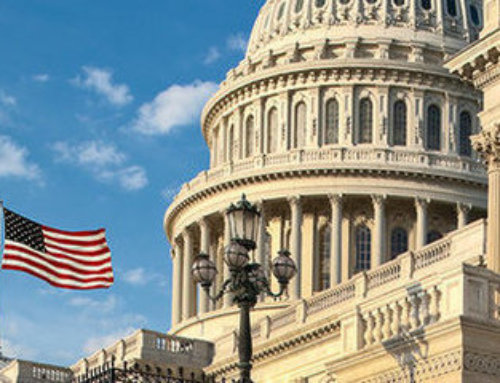On March 23, 2010, President Obama signed into law comprehensive health care reform, the Patient Protection and Affordable Care Act (ACA). Although the constitutionality of the law is still being challenged in the courts, it is important for members to be aware of how the law may affect your practice. Over the next several weeks, the AASM Weekly Update will include a synopsis of certain provisions in the bill. This week will focus on the individual mandate, employer requirements, and expansion of program provisions in the law.
Individual Mandate
Beginning Jan. 1, 2014, the law will require all U.S. citizens and legal residents to have qualifying health coverage. Those without coverage will pay a tax penalty of either $695 per year up to a maximum of three times that amount ($2,085) per family, or 2.5 percent of household income – whichever is greater. The penalty will be phased in according to the following schedule:
$95 or 1.0% of taxable income in 2014
$325 or 2.0% of taxable income in 2015
$695 or 2.5% of taxable income in 2016
After 2016, the penalty will be increased annually by the cost-of-living adjustment. Exemptions will be granted for:
- Financial hardship
- Religious objections
- American Indians
- Those without coverage for less than three months
- Undocumented immigrants
- Incarcerated individuals
- Those for whom the lowest-cost plan option exceeds eight percent of an individual’s income
- Those with incomes below the tax-filing threshold, which was $9,350 for singles and $18,700 for couples under the age of 65 years in 2009
Employer Requirements
Also effective Jan. 1, 2014, the law will assess fees to some employers. A fee of $2,000 per full-time employee, excluding the first 30 employees, will be assessed to employers with 50 or more full-time employees that do not offer health coverage and have at least one full-time employee who receives a premium tax credit. Employers with 50 or more full-time employees that offer health coverage, but have at least one full-time employee receiving a premium tax credit, will pay the lesser of $3,000 for each employee receiving a premium credit or $2,000 for each full-time employee, excluding the first 30 employees.
The law will exempt employers with up to 50 full-time employees from any penalties. Employers with more than 200 employees will be required to enroll employees automatically into health insurance plans offered by the employer. Employees may opt out of coverage.
Expansion of Public Programs
Beginning Jan. 1, 2014, the ACA also will expand Medicaid coverage to individuals who have incomes up to 133 percent of the federal poverty level (FPL) based on modified adjusted gross income, are under the age of 65 years and are ineligible for Medicare (children, pregnant women, parents, and adults without dependent children). All adults who become eligible for Medicaid under these new guidelines will be guaranteed a benchmark benefit package that meets the essential health benefits available through insurance exchanges. To finance new coverage for these individuals, states will receive:
- 100% federal funding for 2014 through 2016
- 95% federal financing in 2017
- 94% federal financing in 2018
- 93% federal financing in 2019
- 90% federal financing for 2020 and subsequent years
In addition, the ACA will increase Medicaid payments to 100 percent of the Medicare payment rates for 2013 and 2014 for primary care services provided by primary care doctors (family medicine, general internal medicine or pediatric medicine). States will receive 100 percent federal financing for the increased payment rates.
The ACA also will require states to maintain current income eligibility levels for children in Medicaid and the Children’s Health Insurance Program (CHIP) until 2019, and it will extend funding for CHIP through 2015. CHIP benefit-package and cost-sharing rules will continue as under current law. States will have the option to provide CHIP coverage to children of state employees who are eligible for health benefits if certain conditions are met. Beginning in 2015, states will receive a 23-percent increase in the CHIP match rate up to a cap of 100 percent. CHIP-eligible children who are unable to enroll in the program due to enrollment caps will be eligible for tax credits in the state exchanges.








